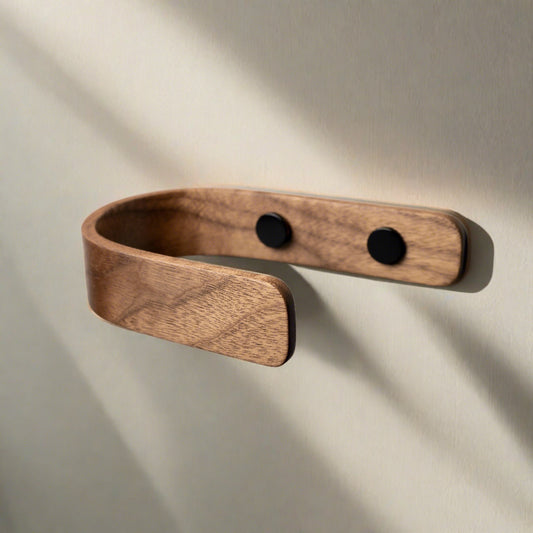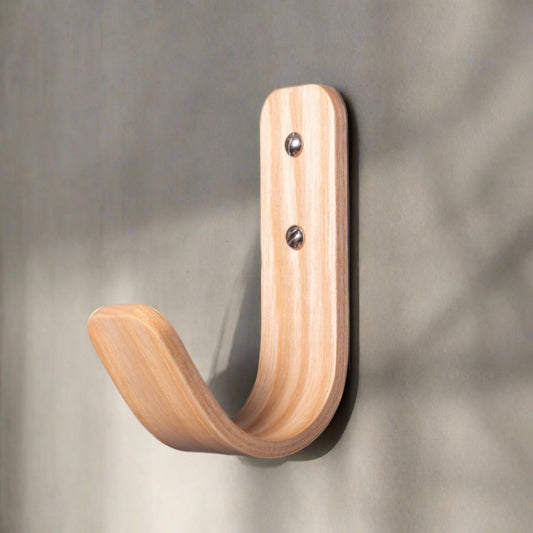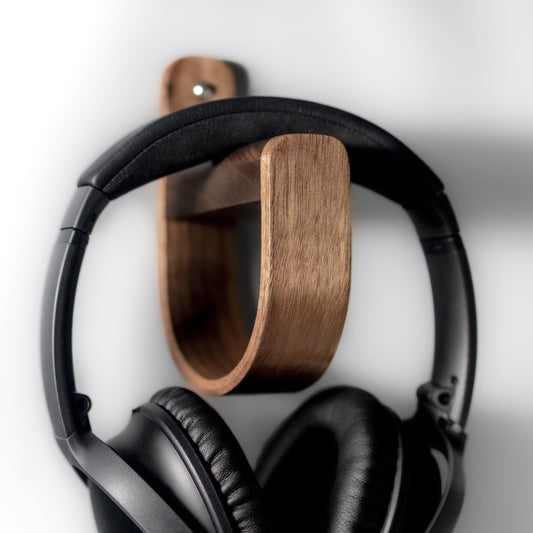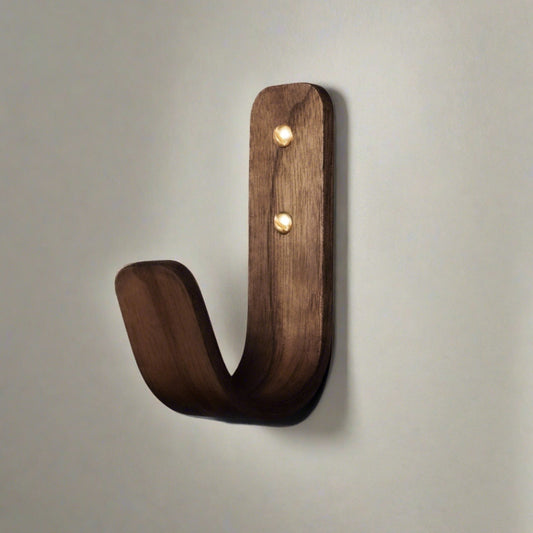Woodworking is not just about crafting functional and sturdy pieces; it's also an art that involves enhancing the natural beauty of wood. One crucial aspect of woodworking is applying finishes to protect the wood, bring out its grain patterns, and add aesthetic appeal. In this guide, we'll explore some of the most common woodworking finishes that craftsmen use to transform raw wood into stunning, durable creations.
-
Oil Finishes:
- Linseed Oil: Derived from flaxseed, linseed oil is a classic finish that deeply penetrates wood, enhancing its natural colour and grain. It provides a warm, amber hue and is often used on hardwoods.
- Tung Oil: Extracted from the seeds of the tung tree, tung oil offers a durable finish with a slightly amber tint. It dries slowly, allowing for a smooth application and superior water resistance.
-
Varnishes:
- Polyurethane: This synthetic finish is known for its high durability and resistance to scratches and stains. It comes in various sheens, from matte to high gloss, allowing woodworkers to choose the level of shine they desire.
- Spar Varnish: Ideal for outdoor projects, spar varnish contains UV absorbers and offers excellent protection against the sun's damaging rays. It's commonly used on items like outdoor furniture and marine applications.
-
Shellac:
- Versatile Finish: Derived from the secretions of the lac bug, shellac is a natural and versatile finish. It can be used as a sealer, a protective topcoat, or even as a base for other finishes. Shellac provides a warm amber tone and dries quickly.
-
Lacquer:
- Nitrocellulose Lacquer: Known for its quick-drying properties, nitrocellulose lacquer creates a smooth, glossy finish. It's commonly used in the production of musical instruments and furniture. However, it may require more coats for optimal durability.
- Catalysed Lacquer: This type of lacquer offers enhanced durability, chemical resistance, and a faster cure time compared to nitrocellulose lacquer. It's a popular choice for high-end furniture.
-
Stains:
- Penetrating Stains: Designed to enhance the wood's natural colour, penetrating stains are absorbed into the wood fibres. They come in various colours, allowing woodworkers to achieve a custom look while preserving the wood's texture.
- Gel Stains: Ideal for vertical surfaces and woods with uneven grain, gel stains provide a thicker consistency that stays in place during application. They are excellent for achieving an even colour on porous and dense woods alike.
Conclusion:
Choosing the right woodworking finish depends on the project, the type of wood used, and the desired aesthetic. Whether you opt for the warm glow of oil finishes, the durability of varnishes, the versatility of shellac, the smoothness of lacquer, or the customized colour of stains, each finish brings its own unique character to the wood. Experimenting with different finishes can open up a world of possibilities, allowing craftsmen to turn ordinary wood into extraordinary works of art.



